Imagine this event. A man named Bob ambles along the beach. He’s celebrating– the year is 500 BC. Jesus hasn’t yet come to save us all. Bob notices a monkey swinging on a vine. Bob marvels at the intricate details of the monkey’s fingers and says, “Here, little fellow. Come. I have a banana for you.”
An hour later, the monkey screeches in pain while Bob saws open its guts and pours scalding lamp oil into the open wound. That’s how the history of animal testing might have started.
Some might argue that’s not how animal tests happened. Bob might say he was doing it to advance medical anti-transplant rejection medications. The monkey died in sheer agony.
Since the Bob event, billions of live animals have died for medical research. We substitute animals for the human body. We use 26 million animals in the USA yearly to gain medical and biological knowledge.
Early History
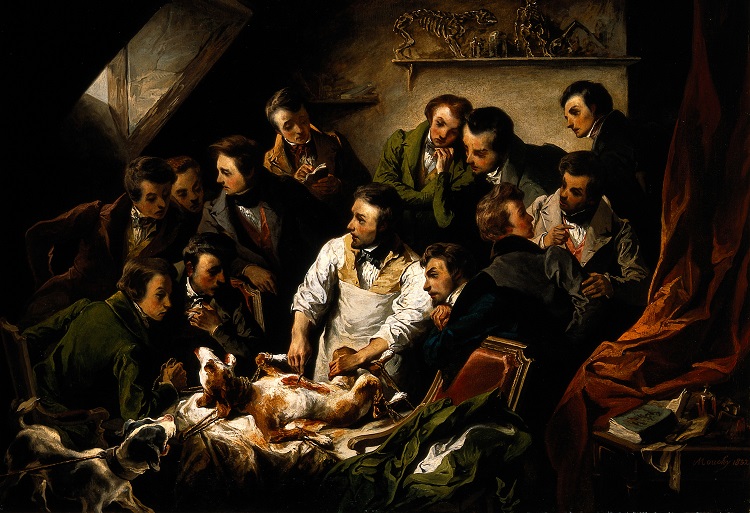
Sorry about the graphic beginning. Someone should have stopped Bob back then and told him about animal rights. The ongoing debate how the massive contributions animal testing has had on developing life-saving methods and biomedical research is endless.
Proponents also believe that strict regulations prevent animal cruelty in animal laboratories and solve medical problems.
Team “Without Consent” also has a voice. They believe animals and humans are like apples and oranges. The gains made from animal testing don’t offset the cost of animal cruelty. Believe it or not, the history of animal testing and arguments over it has existed since 2500 years ago.
Okay, it was probably a guy named Thadius who conducted the first animal scientific experiments back in Greece. Using live animal species, Thadius practiced vivisections. A polite way of saying scientific and medical experiments to see what’s inside with a rusty saw. (Jeffery Dahmer also liked to cut things open.)
Scholars who study ancient Greek writings can validate that humans started the dissection of living animals and wrote the first chapter. Scholars like Aristotle conducted live animal experiments to examine how living organisms work.
This inhumane animal research had its defenders. Aristotle didn’t believe animals were smart enough to understand injustice or pain.
At that time, no one had qualms about using criminals for live human experiments. Early human rights activists in Rome and Alexandria proposed prohibitions to end using humans. Theophrastus, Aristotle’s replacement, also had a different opinion – ‘causing pain to animals was an affront to the gods.‘ [source]
Galen (130-200 AD), another forerunner of medicine whose theories remained popular into the 15th Century, took it a step further. He conducted his animal experiments, including the dissection of an elephant, and other animals, in front of a live studio audience.
Galen used his animal vivisection to further human knowledge of anatomy, physiology, pathology, and pharmacology vol. Galen is famous for proving that arteries contain blood, not air.
He also believed humans and animals were similar. Yet he had no feelings for the animals he cut open. His T-shirt would have read: “Without Pity or Compassion.”
Galen also shared this wisdom with his students: “the unpleasing expression of the ape when it’s being vivisected was to be expected.” Chapter two of the history of animal testing.
Ibn Zuhr (Avenzoar) was another Arab physician without a heart who introduced animal testing as an experimental method to test surgical processes before using them on humans.
Wouldn’t it be something to go back in time and prevent Bob or Thadius from making that first cut into animal flesh? If someone had stopped them, the history of animal testing would be much shorter.
Live animal models became the tools that early physician scientists used to learn how the body works on the inside. Animal experiments also played a vital role in studying medicine, biology, and living organisms.
It worked so well that these men kept going deeper. They gained knowledge about the circulatory system and toxicity testing protocols.
Renowned men at the time, like William Harvey and Johan Wepfer, became masters in conducting animal experiments for the benefit of science. By the 18th Century, a somewhat famous philosopher named Kant said, “Hey guys, I think what you’re doing is cruel to animals and could spread to cruelty toward humans.”
Voltaire, Rousseau, and Schopenhouser didn’t think this form of animal cruelty as a means to an end was proper. While the French philosopher Descartes had this stunning philosophy: “Since animals can’t rationally express emotion, their suffering is irrelevant if it’s for the betterment of humankind.”
Animal Testing in the 1800s and Early 1900s
In the mid-1800s, organizations were formed to stop vivisection. The ASPCA (American Society for the Prevention of Cruelty to Animals) began in 1866. However, they had a challenging road ahead. It would take another 100 years before two books finally helped to drive change.
One of the strongest threads defending animal experimentation harkens back to Claude Bernard. As a physiologist, Bernard established animal experimentation as ethical. It was, after all, for the benefit of medicine and human life.
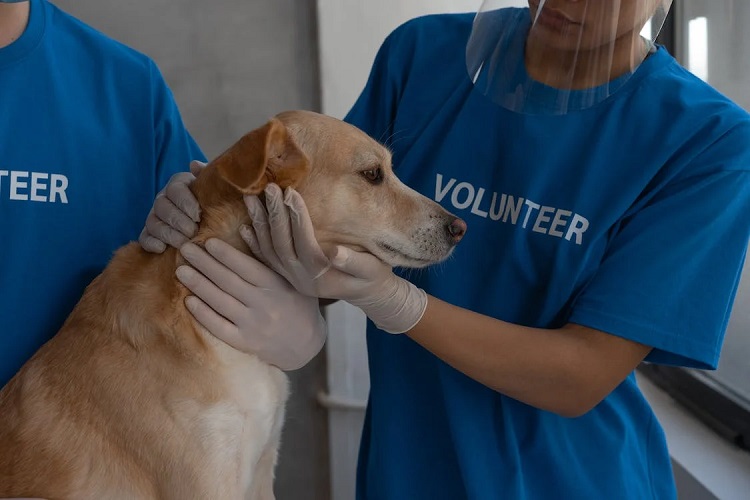
During the 1800s and early 1900s, life was difficult for people. Poverty ruled. Child labor was normal. People struggled to survive. In England, people slowly started to change how they felt about domestic animals.
They began to adopt pets and slowly voiced their concerns regarding vivisection. In 1875, the Society for the Protection of Animals Liable to Vivisection joined.
This anti-vivisection movement and anti-animal testing practices soon received a welcome spokesperson in Queen Victoria. The Queen was appalled by what she heard. Soon the first laws to help stop animal use for research became Great Britain’s Cruelty to Animals Act of 1876
Despite this giant leap forward, scientists worldwide continued to submit animals to horrific experiments. Weird and unnecessarily cruel experiments like inserting glass tubes into a dog’s salivary glans or implanting a cow’s ear on a mouse happened as recently as 1997.
Fundamental global legislation to reform animal experimentation didn’t happen until 1992. The book, “The Principles of Humane Experimental Techniques,” dug into new theories about animal experimentation. It was the birth of the policies that regulate modern practices.
In Medicine
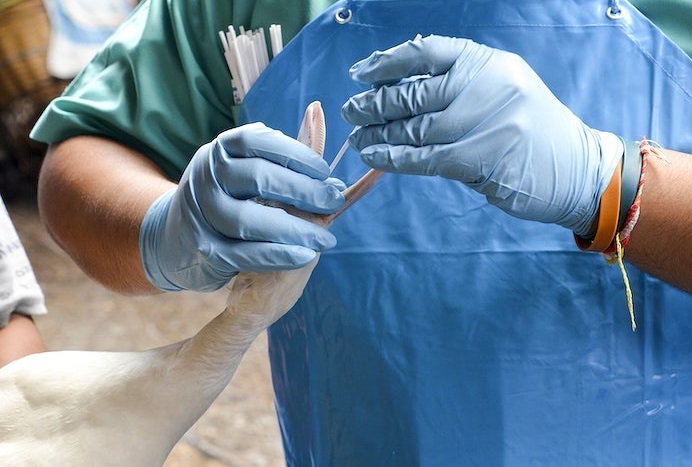
We have a billion animals to thank for giving their lives to science, biomedical research, multi-drug antibiotic treatments, and complex surgical operations without consent.
The list in which animals contributed to scientific breakthroughs is long. The conundrum keeps the debate in full swing and sheds light on the historical perspective.
Emil von Behring used guinea pigs to save humanity from diphtheria toxin. The diphtheria antitoxins saved millions of lives. It also slowed the anti-vivisection movement in the early 20th Century. Today, the Iditarod still commemorates this medical victory.
To cure diabetes, Frederich Banting used dogs and bovine to perform experiments for solving the riddle of pancreatic secretion. He went on to revolutionize medicine by inventing insulin.
Guinea pigs contributed to the discovery of streptomycin to cure tuberculosis. Waksman, Hinshaw, and Feldman undoubtedly saved millions of TB patients from death. Pigs were also used to make heart valve replacements, pre-treated with glutaraldehyde to blunt immune response.
Polio crippled and killed millions before Jonas Salk isolated the polio virus in an experiment using rhesus monkey kidney cells and opened the way to polio vaccine development. It virtually eradicated polio in the US by 1965. Note: the poliovirus does not exist or spread among animals.
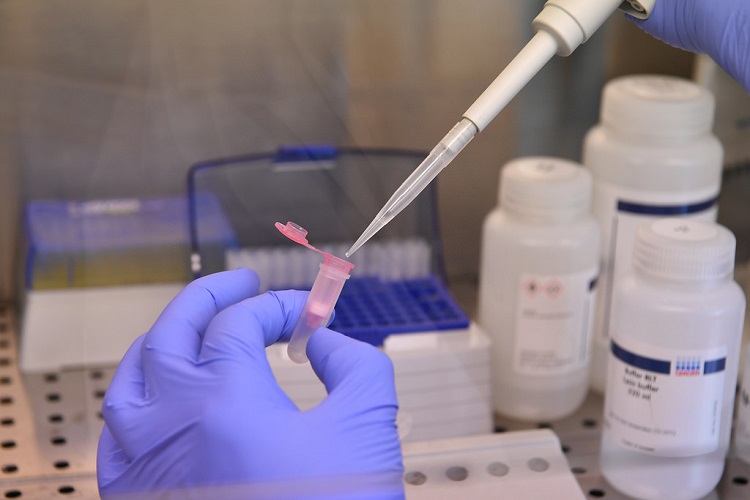
Lithium salts, an infamous drug developed through Cade’s animal testing that replaced lobotomies and electro-convulsive therapy, also got help from guineas. Lithium revolutionized mental health to treat recurrent mania.
Anesthetics also owe their success to animal hosts like dogs, cats, rabbits, rodents, and monkeys. Without safer drugs, modern surgery wouldn’t exist.
Dogs have our hearts, literally. Dogs played a vital role in pioneering heart valve replacement surgery. Although Starr made the breakthrough in 1960, over 300,000 patients still use the Starr valve.
Armadillos grow the bacteria used to treat leprosy, which is still a health concern in Brazil, Tanzania, Nepal, India, Madagascar, and Mozambique. Although attempted trials to culture the bacteria in vitro occur, only mice and armadillos are reliable sources.
AIDS research, using HIV-2, SHIV, and SIV, with Old World Monkey Macaques is ongoing. Because of the complexity of the AIDS virus, drug studies in nonhuman primates drive advances in scientific knowledge.
The twentieth Century is the pinnacle of human medical advances to cure human diseases. However, transplants, medications, and vaccines can be traced back to animal testing.
Research using living animals instead of human patients to solve Alzheimer’s, Multiple Sclerosis, spinal cord injury, and others continues. There are also colossal failures and reasons why animal experimentation must stop.
Animals in Space and the Military
Send them to the moon. The USA sent a whole cast of animal astronauts into space. None had a return ticket. Space scientists used animals like monkeys to test prolonged weightlessness.
The first barrel of monkeys died in an unmanned flight in the 1940s. The first monkey to survive his space mission died a few hours after landing.
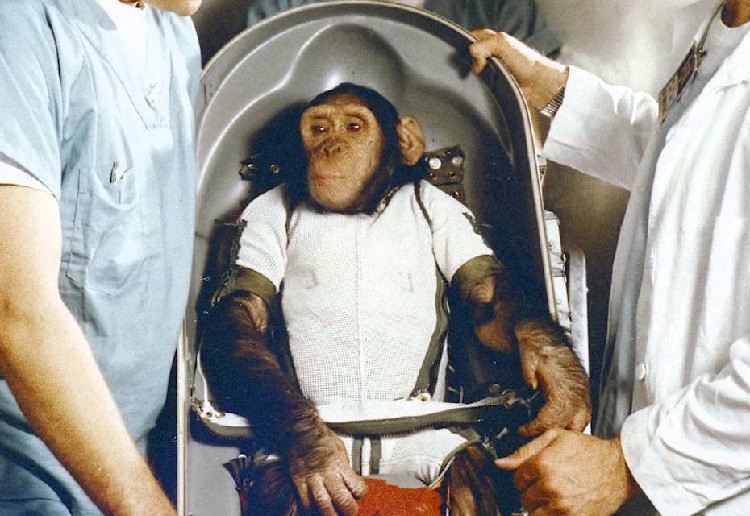
The Russians sent Laika to orbit the earth. The stray dog died of overheating and panic. What most people don’t know about the tragic events of the space shuttle Columbia is that alongside the seven crew who died, two thousand ‘disposable’ test animals also perished.
Military
The US Department of Defense uses animals for research and combat trauma training. For example, anesthetized goats and pigs receive gunshot wounds, burns, and amputations to train military medics. As many as 488,237 unwilling animals became part of this program.

PETA (People for the Ethical Treatments of Animals) was instrumental in a Congress decision to urge the Pentagon to end live tissue training. The Coast Guard, however, has no plans to terminate the program despite being at the forefront of the 2012 scandal.
Science Advances
Tenacious people have long deliberated on the cruelty of animal testing. A modern Australian philosopher (Peter Singer) encapsulated animal liberation in 1975 by saying it was speciesism which he likened to racism, sexism, and discrimination.
Singer was confident that one-day society would face the horror we unleashed with animal experimentation.
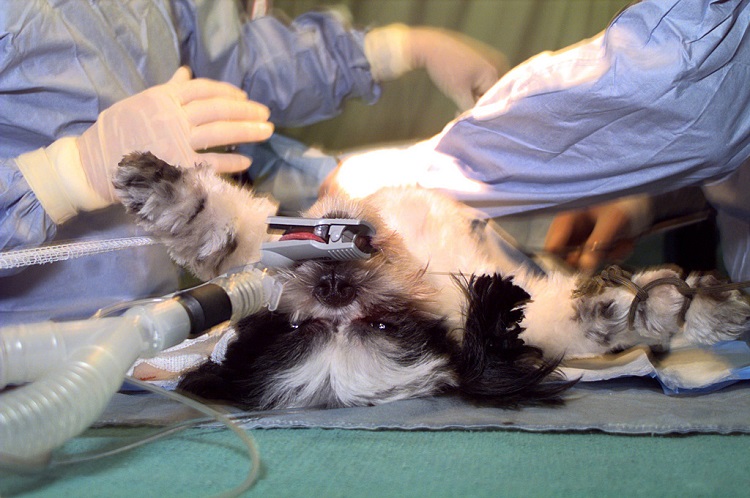
Science hasn’t been kind to animals. Early on, PETA broke the rules and shocked the world with an iconic photograph of a monkey restrained for experiments. A veterinarian infected cats (with feline AIDS virus) to study methamphetamine users with symptoms of AIDS.
But there is progress. The National Academy of Sciences is looking toward ending animal testing and switching to human cells in vitro. Don’t applaud yet. While the idea is new (2007), it will take decades to stop animal testing and further advances in mirroring metabolism methods.
There was a time when monkeys wore lipstick and perfume to test cosmetics. In 2013, the voices of people finally reached an impasse when the European Union banned cosmetic products that contained ingredients tested on animals.
Many lamented that it would derail the development of the beauty industry. It didn’t. India and Israel followed. Beautiful American women still smear animal-tested creams and lotions on their skin.
Mandatory animal experimentation continues for cosmetics testing in China to this day. Restrictions on shampoo, perfumes, and other non-special items were lifted in 2014. A change in ordinary cosmetics ( excluding anti-aging) was seen in 2021. Sometimes human logic is astonishing.
The US National Institutes of Health retired most of its bred chimpanzees in 2013. The argument over which chimps and how many to keep locked up for further experiments concerning critical vaccines and treatments isn’t going to help the chimps. Then came COVID-19, and vaccines without animal testing hit the market.
Similarly, the EPA (Environmental Protection Agency) is mandating plans to reduce mammal testing by 30% as of 2025. Mammal testing will ultimately end by 2035. The FDA, the NIH, and VA have adopted similar policies.
Another victory for animals came in September 2021 when Mexico joined the list of countries to ban cosmetic testing on animals.
Veterinary Advances
Animal testing to save animals is a small portion. Only about 5% of research into animal health relies on using animals. Animal studies played a crucial role in the treatment of the following animal diseases:
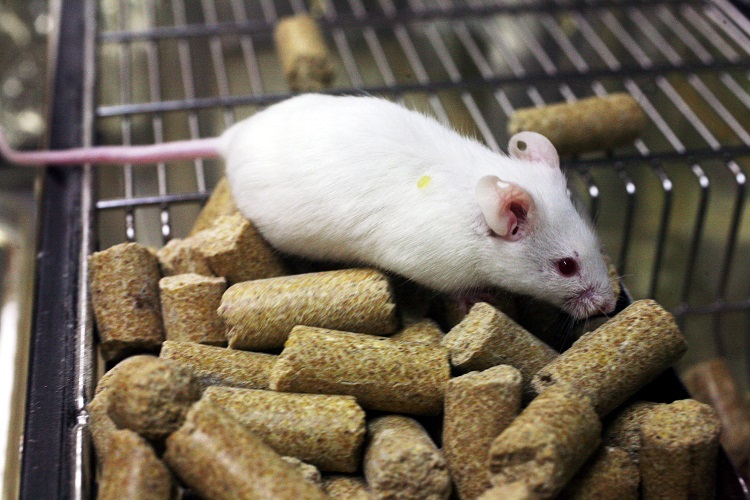
- Anthrax
- Feline immunodeficiency virus (FIV)
- Heartworm (other parasitic infections)
- Glanders
- Rabies
- Swine fever
- Texas cattle fever
- Tuberculosis
Animal Testing and Covid-19
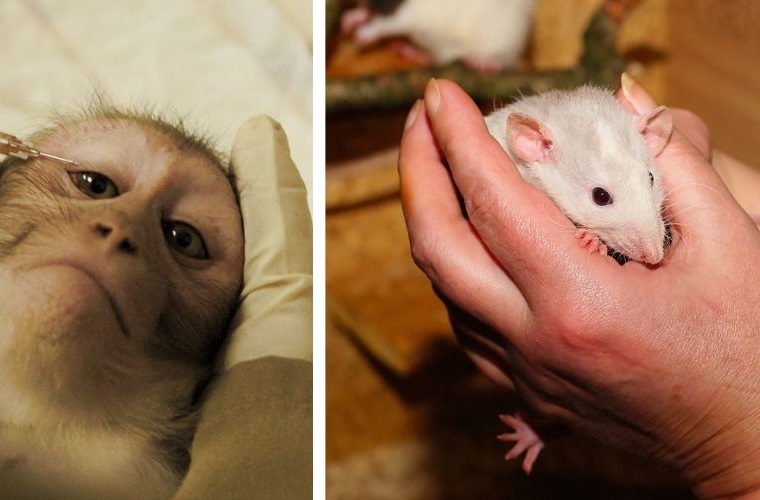
COVID-19 helped change the trajectory of mandatory animal testing for vaccines. The global pandemic demanded fast action and results obtained. Although medical sciences relied on animals to test efficacy and safety, labs ran into a giant wall.
There weren’t enough genetically modified mice or monkeys. So companies clamored to find new development techniques. Instead of animal guinea pigs (mice), Moderna
Therapeutics went straight to medical testing on humans and used a synthetic copy of the virus genetic code. The FDA (Food and Drug Administration) approved Moderna’s clinical trials.
Thinking outside the box, scientists who typically rely on monkeys (like pink-faced rhesus macaques) looked for other ways to find a cure. COVID-19 shut down the import of monkeys from China.
Researchers quickly developed a successful vaccine program without testing on animals. It’s safe to say they used willing recipients in human trials.
Regulatory Authorities
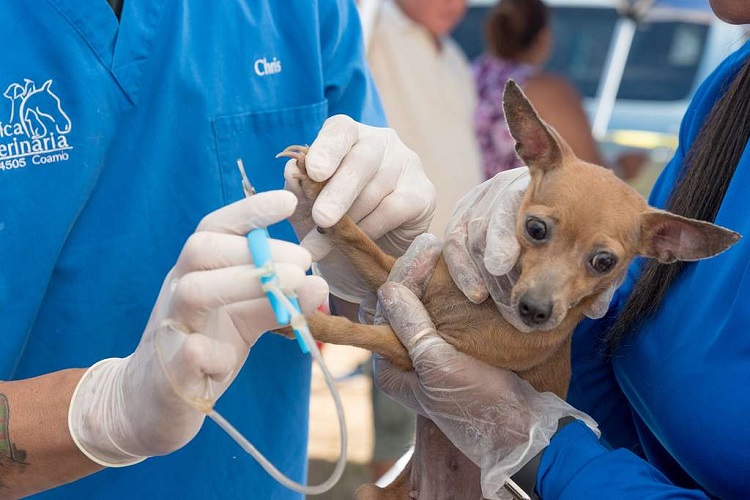
There’s a fine line between animals protected by the AWA (Animal Welfare Act) passed in 1966 (amended in 1970, 1976, 1985).
The AWA definition of an animal means any living or dead dog, cat, monkey, guinea pig, hamster, rabbit, or warm-blooded animal. The giant loophole excludes birds, rats, and mice bred for research, cold-blooded animals, and farm animals like cows, pigs, and chickens.
Rules state that any research facility must form a committee with three or more members. One member must be a vet, and another must not have ties to the research facility.
The AWA bows out gracefully once the animals leave their housing or transport vehicle. After that, AWA washes their hands of the experiments.
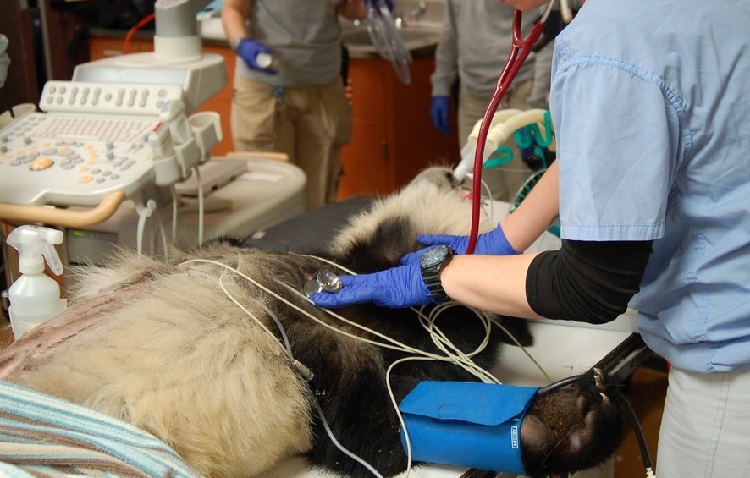
Other governing bodies regulate different public health services that conduct animal testing. Numerous parameters and the Guide prepared at the National Research Council establish the minimum ethical, practice, and care standards for researchers and their facilities. They must also minimize discomfort, pain, and distress.
The US Department of Agriculture (USDA) reports how many animals are used for animal research. But not the lab animals excluded by the AWA Act. Therefore, the number of bred mice, birds, monkeys, etc., is difficult to monitor. (See, monkeys. They didn’t have enough for COVID-19 research; therefore, they still use primates.)
Anyone who has worked with numbers knows that figures can be interpreted or spun. The USDA monitors their data in three segments of pain type. Those animals who get drugs and those who don’t.
Experimental medicine and animal experimentation to spare a human body at the cost of basic and applied research are at the forefront of animal rights groups.
Public Opinion
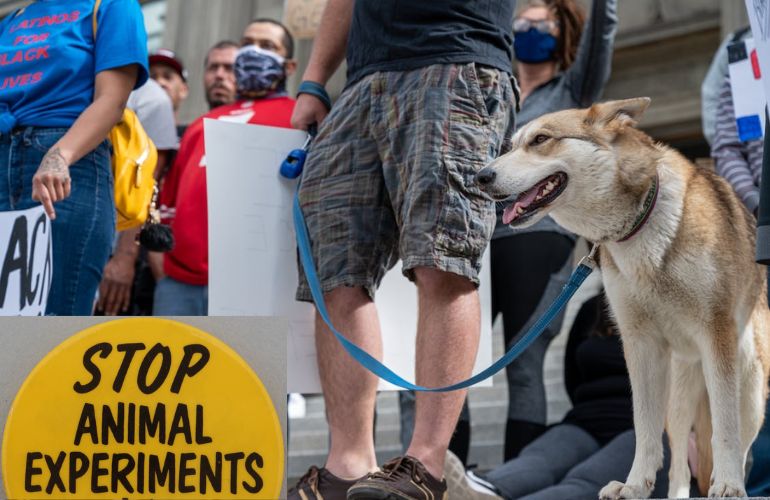
There is always a catalyst that sets the ball in motion. The AWA started in 1966 because of a Dalmation named Pepper. The stolen dog ended up in a research lab and received a pacemaker that Pepper didn’t ask for or need. Pepper died. The story made headlines.
Only 39% of people believe that animal testing is wrong. In a Gallup poll, 56% of Americans can sleep at night knowing that animal testing occurs. Younger generations feel more outrage than older generations.
However, people want a say in how they test makeup on animals and what types of testing they are subjected to. Cosmetics and personal care products are not acceptable for animal testing. Women also object in greater percentages to animal testing, surgical procedures, and animal experimentation.
Conclusion
There’s no doubt humans are innovative and intelligent. We figure stuff out, eventually. A few centuries from now, the history of animal testing will be in our past.
Anthropologists will uncover a minefield of horrific animal abuse through animal experimentation carved on stone walls. They’ll wonder what made us do it.
We owe our lives to animals. But wouldn’t it have been great if someone could have met ‘Bob’ on the beach and redirected his mindset? Humanity is striving to correct many wrongs that went down in the past. It wasn’t that long ago in America that owning another human was normal.
Animal testing will shadow us and remain a contentious conversation. What do you think?


